Wirtualne prototypowane kabiny operatora kolejki spągowej CLS–120 w świetle kryterium bezpieczeństwa
Chuchnowski W., Tokarczyk J., Szewerda K., Turewicz A. |
Przyczyny uszkodzeń elementów hydrauliki sterującej i pro- pozycje ich minimalizacji
Gil J., Kubiesa R., Stoiński K. |
Ścianowy system eksploatacji pokładów węgla w Australii w 2008 roku
Smolnik G. |
Proces badania i oceny maszyn wyciągowych oraz urządzeń sygnalizacji szybowej zbudowanych w oparciu o sterowniki swobodnie programowalne
Cholewa J., Hałupczok P., Małecki J. |
Rozwój konstrukcji rurowych młynów wibracyjnych
Sidor J., Tomach P. |
Badania laboratoryjne wpływu parametrów pokładu sitowego na rozdział materiału w osadzarce pulsacyjnej w zależności od charakterystyki nadawy
Kowol D., Lenartowicz M., Łagódka M. |
Metody odzyskiwania i przetwarzania energii cieplnej
Woszczyński M., Stankiewicz K. |
Wybór dostawców w aspekcie procesów jakościowych na przykładzie wymagań normy PN-EN ISO 9001:2009
Zając R., Zając A. |
Działania Funduszu Badawczego Węgla i Stali na rzecz rozwoju innowacyjnych technik i technologii w górnictwie
Hordyniak E. |
Czytaj więcej...
Powietrzno-wodna instalacja zraszająca do kombajnów górniczych – rozwiązanie ciągle doskonalone
PROSTAŃSKI D., BAŁAGA D., ROJEK P., SEDLACZEK J. |
Zagadnienia bezpieczeństwa transportu kolejkami spągowymi i podwieszonymi w wyrobiskach nachylonych
DRWIĘGA A., JANAS S., SUFFNER H. |
Obciążenia zawieszeń naczyń podczas rozruchu górniczego urządzenia wyciągowego na tle przeprowadzonego eksperymentu
WOLNY S. |
Wyzwania i tendencje rozwojowe w mechanizacji górnictwa węgla kamiennego
SIKORA W. |
Z marginesu na szczyt – rozwój ścianowego systemu eksploatacji pokładów węgla w USA w ciągu trzech dziesięcioleci
SMOLNIK G. |
Wykorzystanie krzyżowej analizy wpływów w projektach foresight na przykładzie kadr dla przemysłu maszynowego
KIEŁTYKA A. |
Zapewnienie jakości produkcji urządzeń przeznaczonych do pracy w przestrzeniach zagrożonych wybuchem w aspekcie wymagań normy PN-EN 13980:2004
ZAJĄC R., FIGIEL A. |
Zarządzanie komunikacyjne – ważność wewnętrznych sieci informacyjno-komunikacyjnych
SKOŁUD B., DYMAREK E. |
Czytaj więcej...
Metodyka i matematyczny model stanowiskowych badań dynamicznej odporności kotwi górniczych
Pytlik A.
Model matematyczny sieci przeciwpożarowej kopalni podziemnej
Mikoś M., Ptak J., Wojciechowski J., Wojciechowski M.
Metody numeryczne w projektowaniu urządzeń sedymentacyjnych
Kołodziejczyk K., Zacharz T.
Stanowisko do badań laboratoryjnych procesu ładowania frezującym organem ślimakowym
Hamala K., Wydro T.
Propozycja wprowadzenia jedno- znacznych oznaczeń dla noży styczno-obrotowych frezujących organów ślimakowych
Krauze K.
Ręczna wiertarka obrotowo-udarowa RWU-50 zasilana 2% emulsją olejowo-wodną
Pac A., Stenka G., Warachim W.
Nowa generacja maszyn i urządzeń górniczych produkcji Rybnickiej Fabryki Maszyn „Ryfama” S.A.
Suchoń J., Szlązak J.
Podziemne składowa- nie odpadów niebezpiecznych w Polsce aktualnym wyzwaniem dla inżynierii środowiska
Kłeczek Z., Zeljaś D.
Wpływ czynnika ludzkiego na wypadkowość w kopalniach
Bryukhanov A., Mnukhin A.
Działania doskonalące w systemie zarządzania jakością
Zając R.
Czytaj więcej...
Information for Authors
- The Editorial Office accepts original articles, unpublished earlier, of the thematic content in accordance with the journal profile.
- The Editorial Office reserves the right to resign from publishing the article if:
- its subject – matter is not within the journal profile,
- the article does not obtain positive reviews,
- the article is incomplete or contains typographic materials of too low quality,
- the article has not been prepared according to the editorial guidelines.
- The Author/Authors are required:
- to reveal a contribution of individuals in an elaboration of the publication, but the main responsibility for the content of the submitted article is borne by the author delivering it,
- to show the information about the subjects contributing to a preparation of the publication (thematic, in kind, financial input etc.),
- to mention the person, whose input in a preparation of the publication has been significant and whose name is not among the authors, he/she should be mentioned in the acknowledgements included in the publication.
- An indispensable condition of publishing the article includes conveying the author and proprietary rights by the author/authors to the KOMAG Institute of Mining Technology (Application Form).
- All the detected cases of ghostwriting or guest authorship will be brought to light, including
a notification of the appropriate institutions (institutions employing the authors, scientific societies, associations of scientific editors and so on).
- The Author/Authors are requested to follow the principles of publishing articles:
7. The volume of the article should not be smaller than 6 but not bigger than 10 editorial pages according to the established magazine template.
8. The text, planned for a publication, should be delivered on the above mentioned template in the editing version, via the website https://wydawnictwa.komag.eu/index.php/miningmachines/about/submissions
9. An initial approval of the article is done by the Editorial Office after having checked:
- the content of the publication original, i.e. whether it contains: author’s/authors’ scientific/professional degrees and titles, author’s/authors’ affiliations, title, abstract, preamble (introduction), formulation of subject-matter in clauses, summary, records of literature (bibliography).
- Article Application Form.
10. The Thematic Editor qualifies the article for reviews.
11. Obtaining positive reviews is a condition of approving the article for a publication – see the Reviewing Procedure.
12. A correction of the article reviewed version by the English Language Editor and the Technical Editor is conducted.
13. The Editor – in – Chief approves the article final version for a publication.
Attention: The Editorial Office does not charge any fees for a publishing process and for an approval of the text (APC – Article Processing Charge).
Forms for collection:
Application Form [doc]
Article Template [doc]
Link extension to Item 5 of the Information for Authors.
Ghostwriting barrier
Readers of Mining Machinery can be assured that the authors of the publication present the results of their work clearly, fairly and honestly, whether they are the direct authors or have been assisted by a specialised body.
The editors require the authors of a publication to disclose the contribution of individual authors to the publication (providing their affiliation, i.e. information on who authored the concepts, assumptions, methods, etc. used to prepare the publication), but the primary responsibility lies with the author submitting the article. The editors require information on the sources of funding for the publication, contributions from scientific research institutions, societies and others.
Ethics in publishing
KOMAG Publishing follows the COPE guidelines for dealing with potential acts of misconduct. Cases of plagiarism, data falsification, image manipulation, and incorrect authorship are not tolerated at Mining Machines.
If evidence of misconduct is found, the following actions may be taken: withdrawal of the published paper; publication of a correction or statement of concern; refusal to submit in the future; a notice of misconduct sent to the author's local institution, supervisor and/or bioethics committee.
Mining Machines editors and reviewers are guided by the best ethical practices for publication. They are required to disclose any potential conflicts of interest that may arise during the editorial and review process; they are also required to promptly report any ethical concerns about an article that is being processed/reviewed. Editors and reviewers are expected to treat all articles confidentially. The editors make every effort to ensure that inaccurate or misleading data, opinions or statements do not appear in the Mining Machines journal. Responsibility for data and opinions appearing in articles rests with the author.
Authors are expected to follow ethical standards when publishing in Mining Machines.
Ethical declaration
Authors should adhere to the highest standards of conduct, including openness and honesty; They should act with integrity and trustworthiness. Authors are asked to disclose any ethical issues related to the study presented in the article or declare that the study was conducted in accordance with ethical standards.
Preliminary assessment
All submitted manuscripts will be checked by the Editor for proper preparation and compliance with the journal's ethical principles. Manuscripts received are checked for potential plagiarism using an anti-plagiarism program. Articles that do not comply with the journal's ethical policy or do not meet the journal's standards will be rejected before review. Incomplete manuscripts that are not prepared in the recommended style (not prepared in the article template) will be returned to the authors without scientific review. After these checks, the Editorial Board consults with the Editor-in-Chief of the journal to determine whether the manuscript fits within the scope of the journal and is scientifically valid. Articles that do not have sufficient priority for publication will be rejected immediately. The editors reserve the right to reject an article for insufficient language quality. Rejection decisions at this stage will be reviewed by the Editor-in-Chief/Deputy Editor. Some articles may have two or three rounds of review. The Editor-in-Chief is responsible for the final decision to accept or reject articles. The decision of the Editorial Board is final.
The procedure for reviewing articles follows the recommendations described in the booklet “Good practices in review procedures in science.”
Authors, by submitting their articles for publication in the journal, agree to have them reviewed.
Submitted articles are subject to the overall evaluation of the Editorial Board and then evaluated by reviewers.
At least two independent reviewers, employed at institutions other than the author(s), are appointed. The reviewers guarantee independence of opinion, no conflicts of interest, no personal or business ties with the authors of the articles, and respect for confidentiality.
The recommended form of review is a model in which the author/authors do not know each other's identities (the so-called “double - blind review process”). Review results are uploaded to Open Journal Systems 3.4.0.4, which is open source journal management and publishing software developed, supported and freely distributed by the Public Knowledge Project (PKP) under the GNU General Public License, which is used by our Publishing House.
The reviewer issues a review that explicitly states whether the article is qualified for publication or rejected.
The final decision to qualify an article for publication is made by the Editor.
Rules on errors in published works
If the author(s) discovers significant errors or inaccuracies in their texts, they are obliged to immediately notify the journal's editors in order to withdraw the text or correct the errors that have occurred.
Verifying materials already published and preventing conflicts of interest
The editorial team, based on the COPE Principles, may withdraw an article from publication, express doubts about its content, or decide on the need to make corrections to material already published. Unpublished articles may not be used by members of the editorial team or any other persons involved in publishing procedures without the written consent of the authors.
Conflicts of interest
A conflict of interest occurs when an author (or the entity he or she represents), reviewer or editor is involved in economic or personal relationships that inappropriately influence his or her actions. Other, related terms for this phenomenon are conflict of commitment and conflict of loyalty. Conflict of interest can also occur when the affected individual is unaware of it.
All authors are asked to disclose any actual or potential conflicts of interest, including any financial, personal or other affiliations with other individuals or organizations, within three years of the start of the submitted work that could improperly influence or be perceived to influence their work. The relevant statement must be made directly on the Article Submission Sheet.
Reviewers are not allowed to use the reviewed papers for their personal needs and benefits. They should also not evaluate texts where there may be a conflict of interest with the author(s).
Data access and storage
The authors may be asked to provide (in digital form) the output of the study data. They should also be prepared to make the data publicly available, if possible. Authors should ensure that such data are available to other professionals for at least 10 years after publication, preferably through research data repositories (institutional or domain-specific).
Intellectual property
Authors, when submitting a text to the editorial board, guarantee that they have independently written an original scientific work, and if they have used excerpts from the works of other authors, that they have been properly cited. Plagiarism in all its forms is an unethical act and will be made public by the editors. We expect manuscripts to be the result of original research, not previously published or not currently under review by another journal.
All manuscripts for publication in Mining Machines are subjected to anti-plagiarism examination using the Anti-Plagiarism system.
Manuscripts with revealed cases of ghostwriting will be rejected by the editors. Authorship should be limited only to those individuals who have significantly contributed to the preparation of the conception, execution or interpretation of the delivered text. All those who made significant contributions should be listed as co-authors along with the size of their contribution.
Open Access means free, universal, permanent and immediate access for any web user to digital forms of scientific and educational data and content. The Open Access policy adopted by KOMAG Publishing House is based on the belief that the basis for the development of science is openness. It aims to enable authors to increase citability by posting electronic versions of published articles in reference databases, scientific repositories and websites. Immediate dissemination of research results contributes to the growth of new knowledge and increased impact of ongoing research on the development of science. Therefore, Authors of articles qualified for publication in Mining Machines Quarterly are obliged to transfer to the Publisher (KOMAG Institute of Mining Technology) the rights to use the prepared text and its publication in electronic version on the Publisher's website or to grant the Publisher a free license to use and manage the developed works with retention of author's economic rights.
The content will be published under a Creative Commons Attribution-ShareAlike License.
Non-commercial Use 4.0 (CC BY-NC 4.0).
Granting the publisher these rights ensures that delays in the dissemination of research results are eliminated, while the authors become more widely recognized. This is because electronic versions of published articles are posted no later than the time of their formal publication.
Principle of scientific integrity
Members of the editorial team are obliged to make every effort to maintain integrity in terms of scientific accuracy of published works. To this end, they may make appropriate corrections, as well as, in the case of suspected fraudulent practices (plagiarism, falsification of research results), decide to withdraw the text from publication.
The editors, if necessary, are always ready to publish also appropriate corrigenda, clarifications or apologies.
Text withdrawal
The editorial team may consider withdrawal of the text if:
1. there is clear evidence of unreliability of study results, fabrication of data, as well as if unintentional errors (e.g., calculation errors, methodological errors) have been made,
2. the research results have been previously published elsewhere,
3. the work bears the signs of plagiarism or violates ethical principles.
The notice of withdrawal of the text should be treated as equivalent to the withdrawal of the article. This notice should contain information about the person (the headline should include at least the title and name(s) of the author(s) of the paper) and the reasons (to distinguish unintentional errors from deliberate misuse) deciding to withdraw the text. Withdrawn texts are not removed from the published version of the journal, but the fact of their withdrawal will be clearly marked.
Editor – in – Chief: Roman Dychkovskyi, Dnipro University of Technology,
National Mining University of Ukraine, UKRAINE
Vice Chief Editor: Dariusz Prostański, KOMAG Institute of Mining Technology, POLAND
Managing Editor: Adrianna Kalita, KOMAG Institute of Mining Technology, POLAND
Managing: Bogna Kolasińska, KOMAG Institute of Mining Technology, POLAND
Technical Editor: Bogna Kolasińska, KOMAG Institute of Mining Technology, POLAND
Open Access Leader: Adrianna Kalita, KOMAG Institute of Mining Technology, POLAND
Cover Designer: Bogna Kolasińska, KOMAG Institute of Mining Technology, POLAND
THEMATIC EDITORS
Scientific discipline
ENVIRONMENT ENGINEERING, MINING AND POWER ENGINEERING
Greg Galecki, Missouri University of Science and Technology, UNITED STATES
Carsten Drebenstedt, Technische Universität Bergakademie Freiberg, GERMANY
AUTOMATION, ELECTRONICS AND ELECTROTECHNICS
Joel M. Haight, University of Pittsburgh, Pittsburgh, UNITED STATES
Krzysztof Fujarewicz, Silesian University of Technology, POLAND
MECHANICAL ENGINEERING
Brian D. Ricketts, European Association for Coal and Lignite (EURACOAL), BELGIUM
Jarosław Brodny, Silesian University of Technology, POLAND
Pavol Bozek, Slovak University of Technology in Bratislava, SLOVAK REPUBLIC
ENGLISH LANGUAGE EDITOR
Dominik Brandys, University of Washington in Seattle, UNITED STATES
STATISTICAL EDITOR
Jaroslaw Tokarczyk, KOMAG Institute of Mining Technology, POLAND
PUBLISHER AND CONTACT
KOMAG Institute of Mining Technology
Pszczyńska 37
44-101 Gliwice, Poland
E-mail of Editorial Office: Ten adres pocztowy jest chroniony przed spamowaniem. Aby go zobaczyć, konieczne jest włączenie w przeglądarce obsługi JavaScript.
Editor – in – Chief: phone: 38 0985233306, e-mail: Ten adres pocztowy jest chroniony przed spamowaniem. Aby go zobaczyć, konieczne jest włączenie w przeglądarce obsługi JavaScript.
Vice Chief Editor: phone: 32 2374600, e-mail: Ten adres pocztowy jest chroniony przed spamowaniem. Aby go zobaczyć, konieczne jest włączenie w przeglądarce obsługi JavaScript.
Managing Editor: phone: +48 32 2374695, e-mail: Ten adres pocztowy jest chroniony przed spamowaniem. Aby go zobaczyć, konieczne jest włączenie w przeglądarce obsługi JavaScript.
phone: +48 32 2374563, e-mail: Ten adres pocztowy jest chroniony przed spamowaniem. Aby go zobaczyć, konieczne jest włączenie w przeglądarce obsługi JavaScript.
http://komag.eu/publications/mining-machines/editorial-office
Programme Council of KOMAG Publication
Council Chairman:
Witold Biały, KOMAG Institute of Mining Technology (Poland)
Council Members:
Thorsten Diercks DEBRIV – Deutscher Braunkohlen – Industrie – Verein e.V. (Germany)
Carsten Drebenstedt Technical University of Freiberg (Germany)
Renata Eisenvortová ZSDNP – Czech Confederation of Coal and Oil Producers (Czech Republic)
Horst Gondek Technical University of Ostrava (Czech Republic)
Joel M. Haight University of Pittsburgh (USA)
Nicholaos Koukouzas CERTH/CPERI –Chemical Process & Energy Resources Institute (Greece)
Daniela Marasova Technical University of Košice (Slovak Republic)
Wiesław "Wes" Grebski, Pensylvania State University
Arkadiusz Mężyk Silesian Technical University (Poland)
Michael Myszkowski Caterpillar Global Mining (Germany)
Stanisław Prusek FASING S. A. Factories of Mining Equipment and Tools Capital Group (Poland)
Brian Ricketts EURACOAL European Association for Coal and Lignite (Great Britain)
Andres Siirde Tallin University of Technology (Estonia)
Peter Blistan Technical University of Kosice (Slovak Republic)
Jerzy Świder KOMAG Institute of Mining Technology (Poland)
Eugeniusz Świtoński Silesian Technical University (Poland)
Franz-Josef Wodopia VDKi – Verein der Kohlenimporteure e.V. (Germany)
Nenad Zrnić University of Belgrade (Serbia)
Greg Galecki, Missouri University of Science and Technology, (USA)
Pavol Božek University of Technology in Bratislava (Slovak Republic)
Publisher's secretary
Dorota Wierzbicka - KOMAG Institute of Mining Technology
- phone: 32 2374 517, e-mail Ten adres pocztowy jest chroniony przed spamowaniem. Aby go zobaczyć, konieczne jest włączenie w przeglądarce obsługi JavaScript.
Publisher and contact
KOMAG INSTITUTE OF MINING TECHNOLOGY
Research Institute
37 Pszczyńska Street
44-101 Gliwice

Year 2025
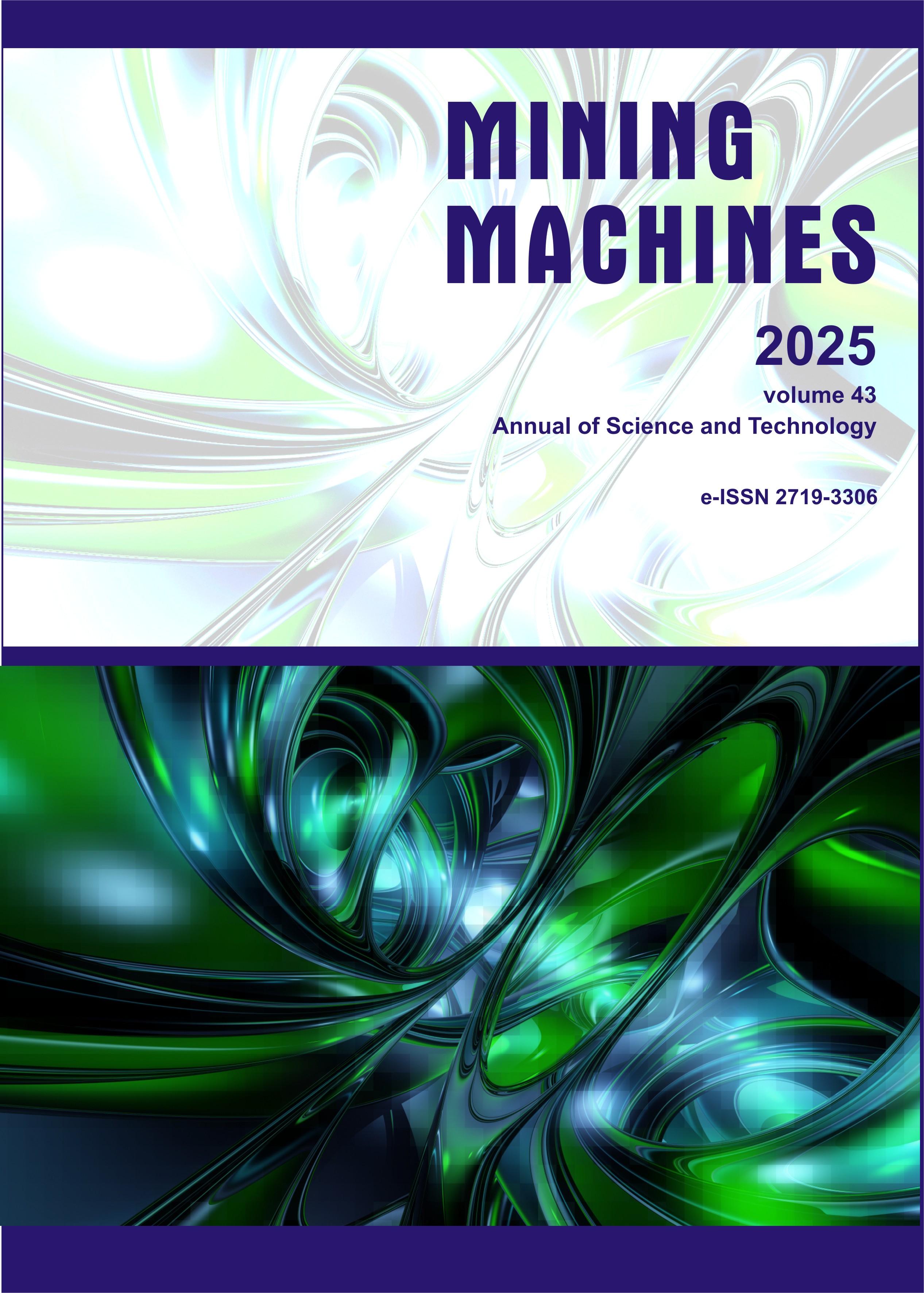
2025 Download
Year 2024
Year 2023
Year 2022
Year 2021
Year 2020
|
The editorial office of Mining Machines would like to thank all authors and reviewers for their cooperation in creating the journal. It is also thanks to your input that the magazine successfully appears in a new English-language format. We hope for further fruitful cooperation in the following years and invite other researchers interested in co-creating our journal to cooperate.
|









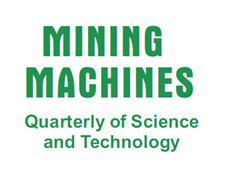

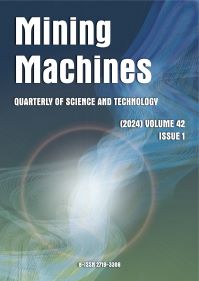
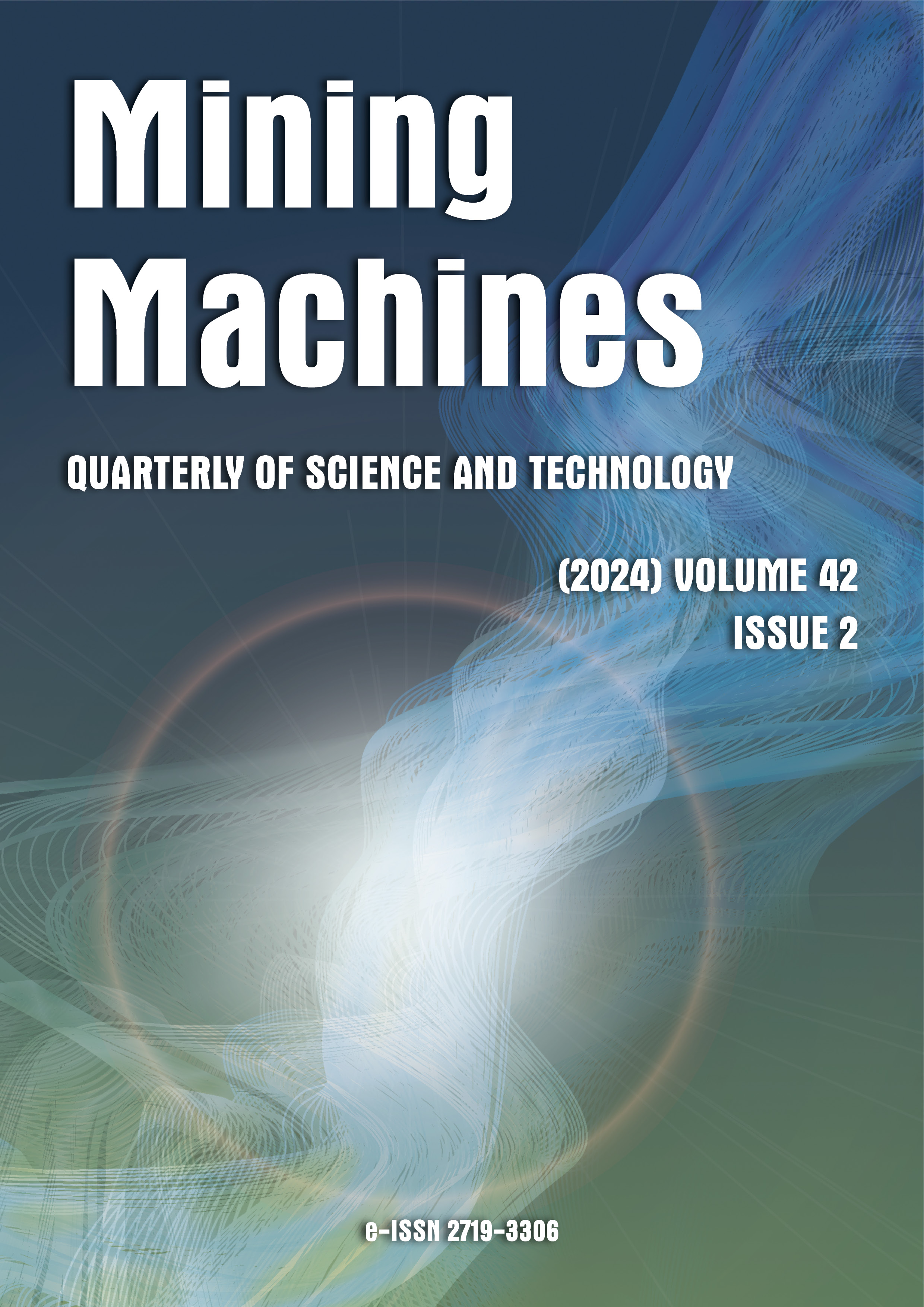
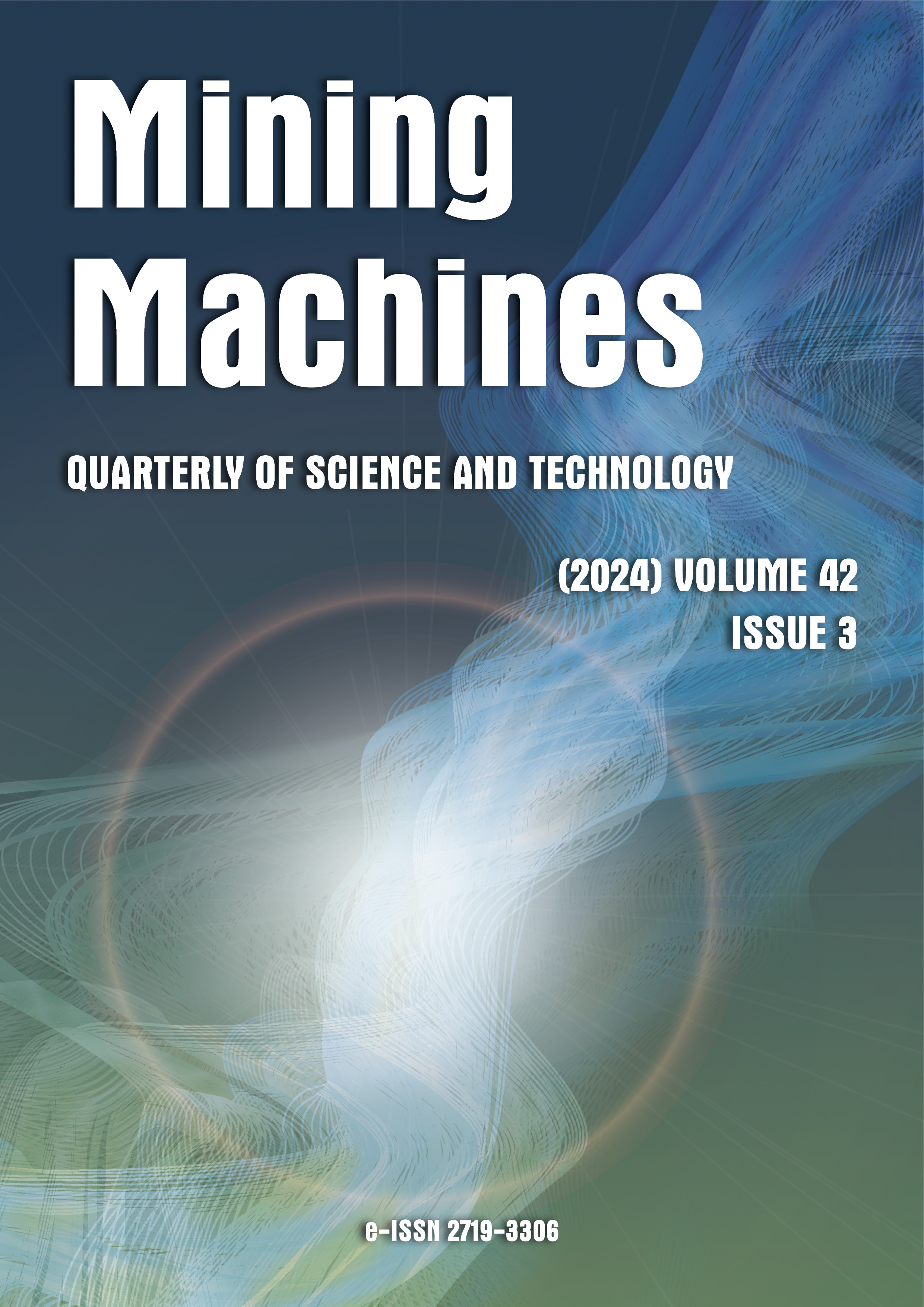
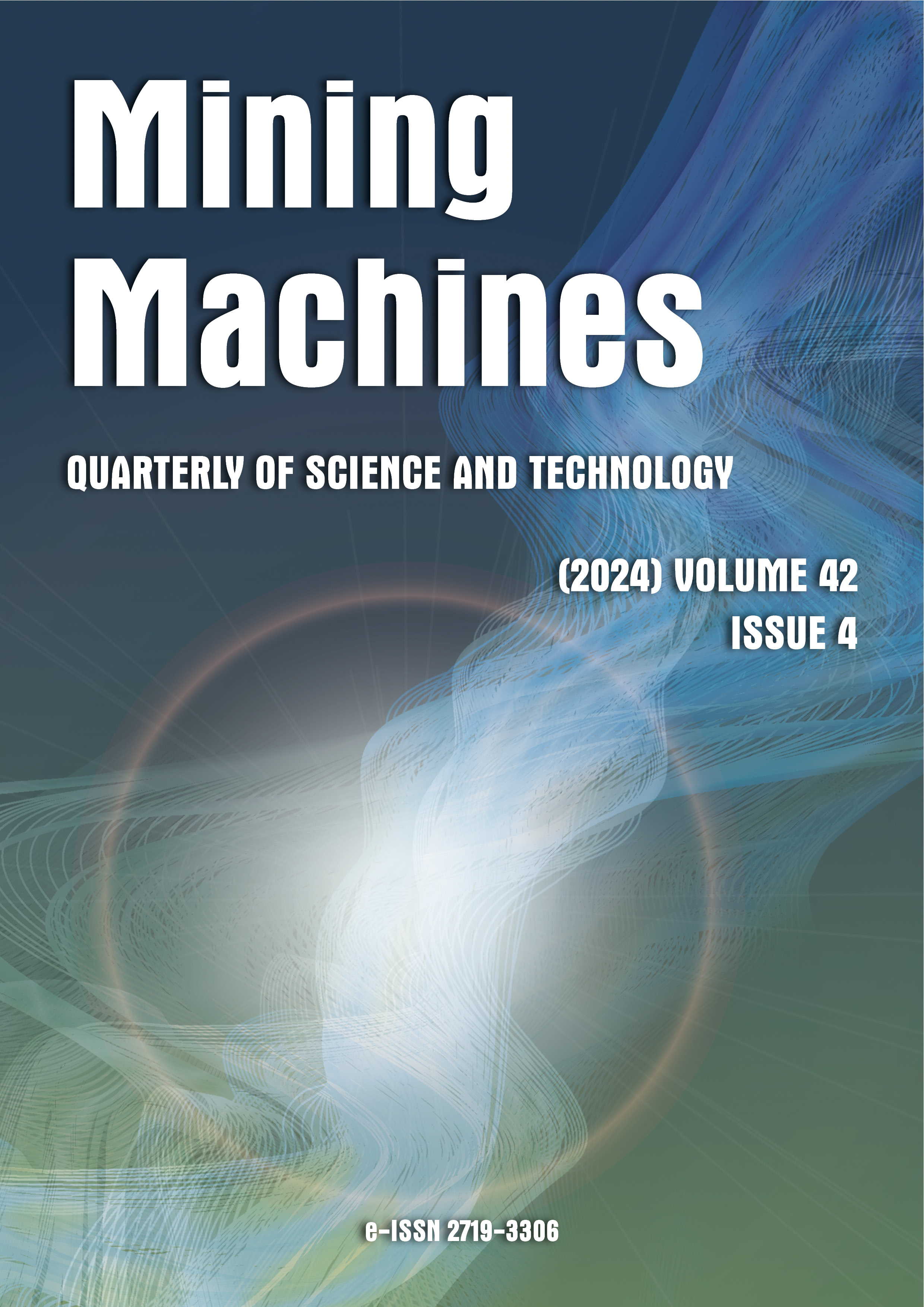
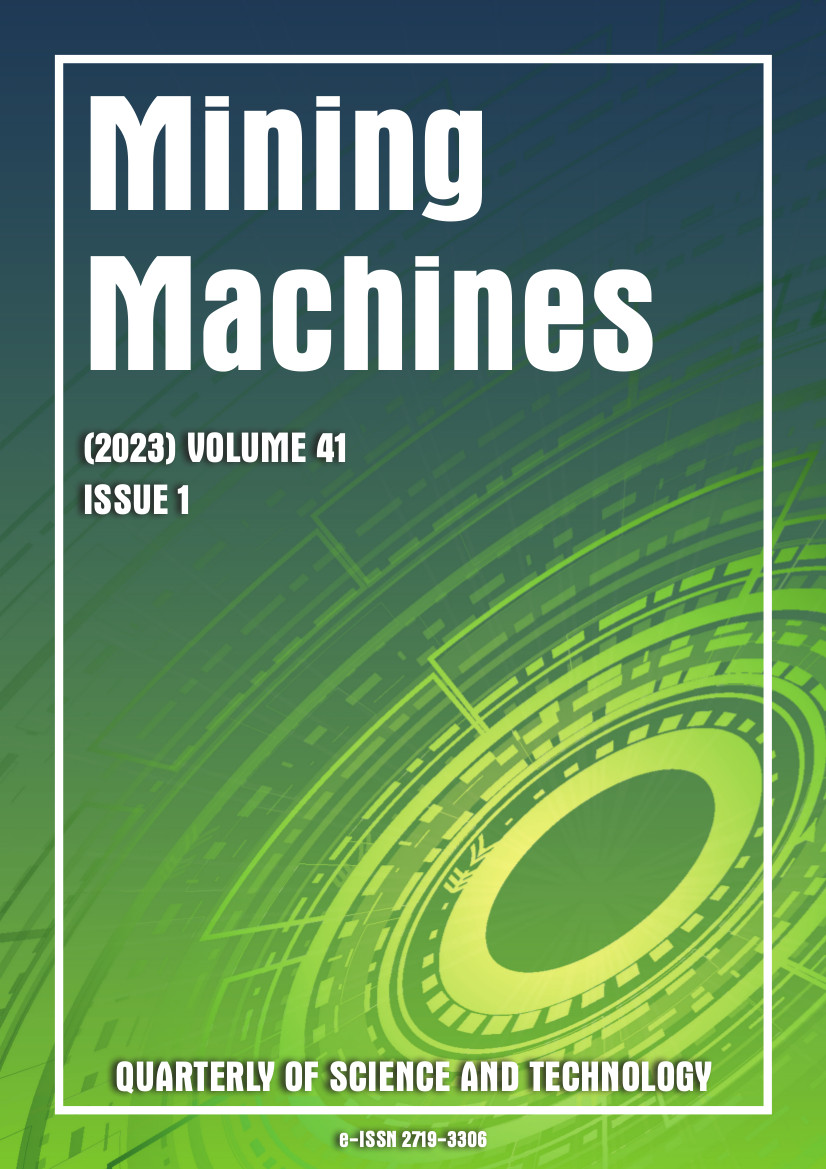
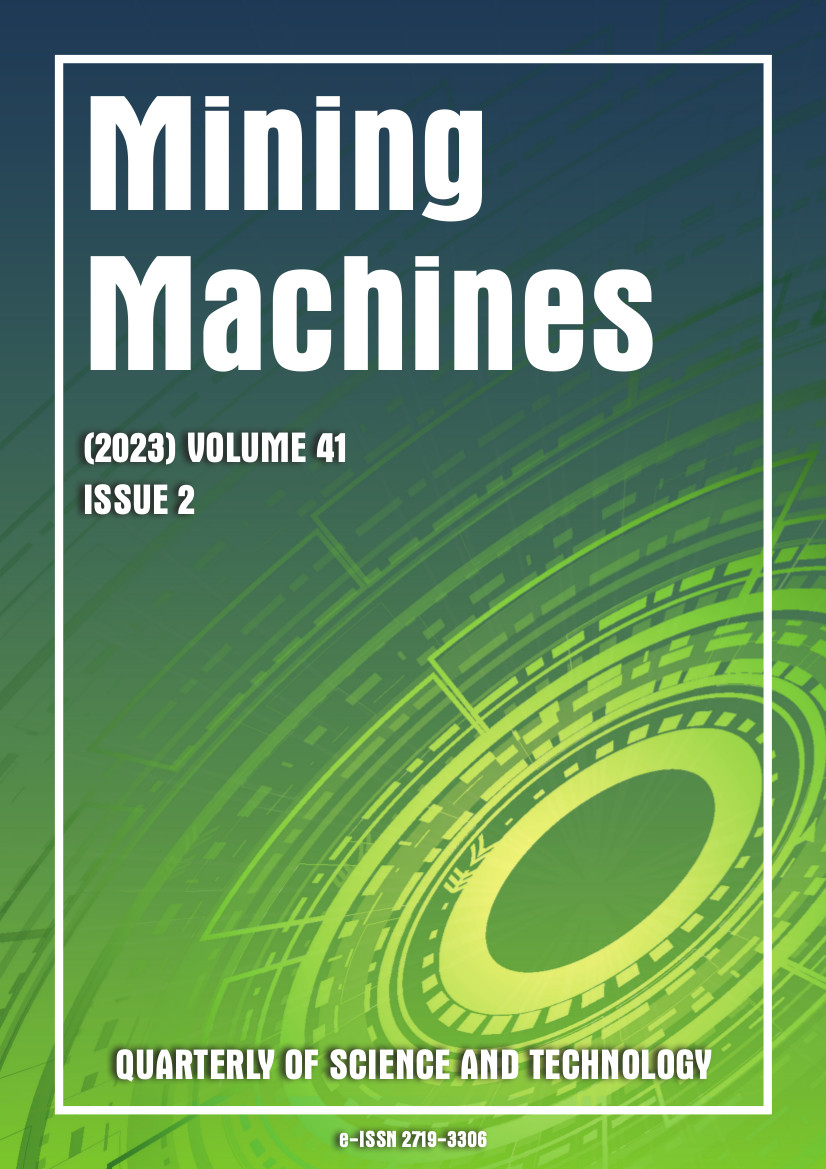

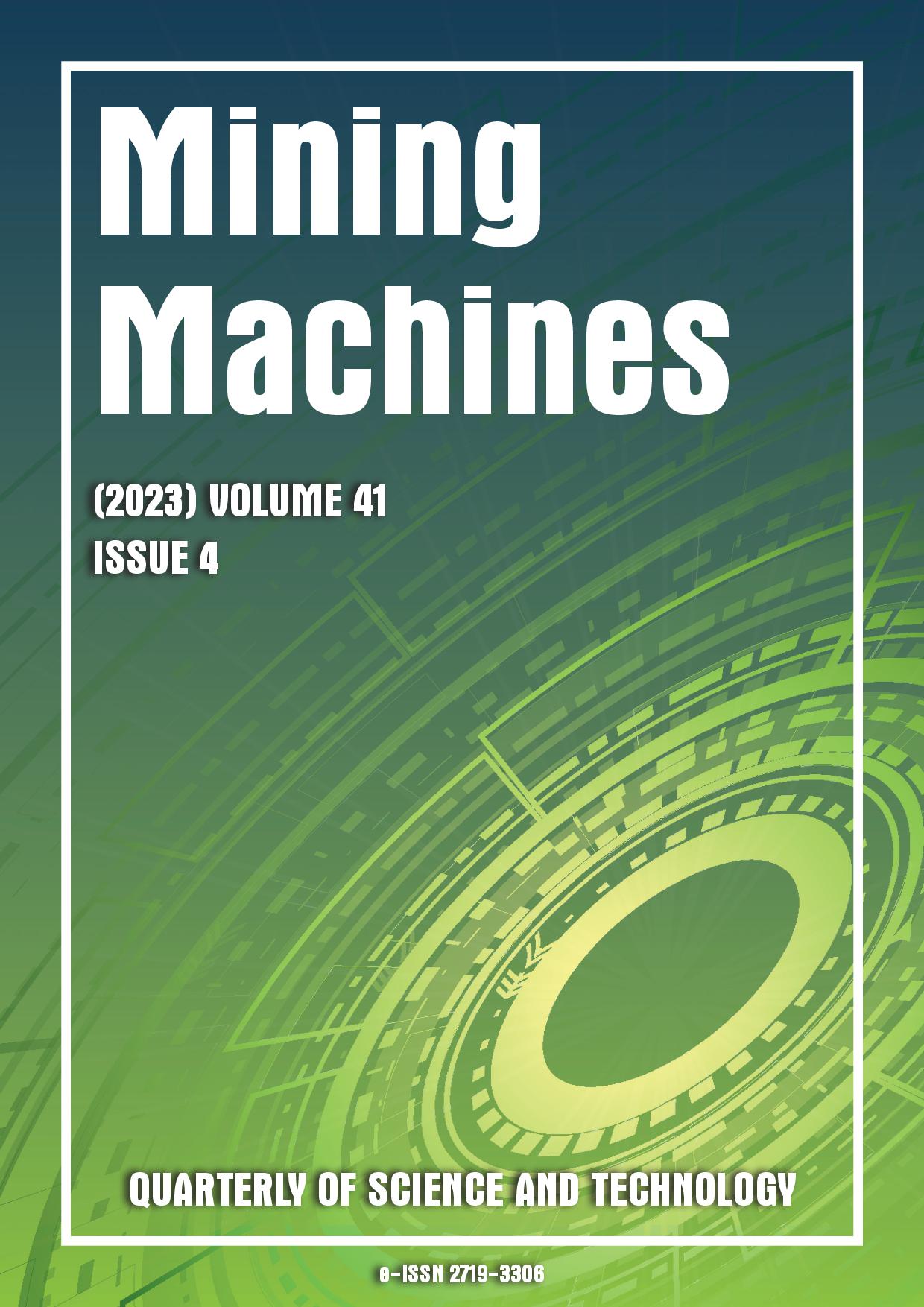


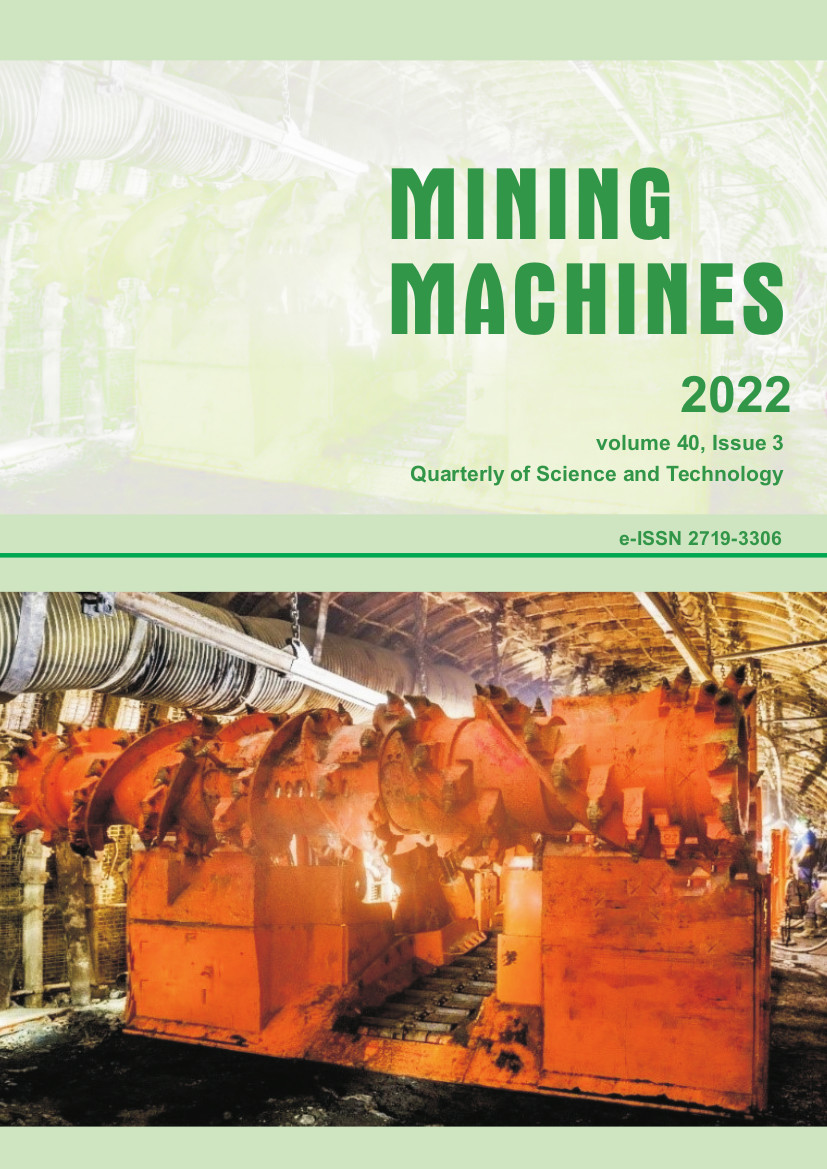

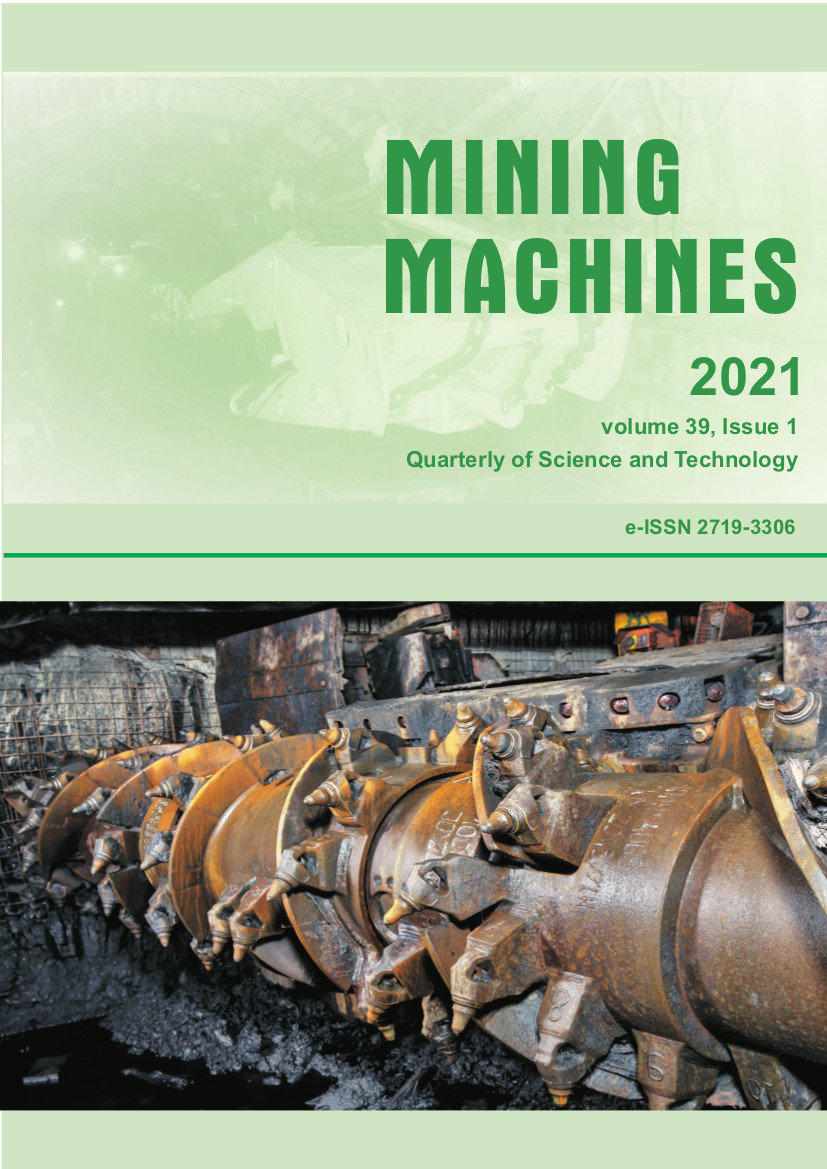
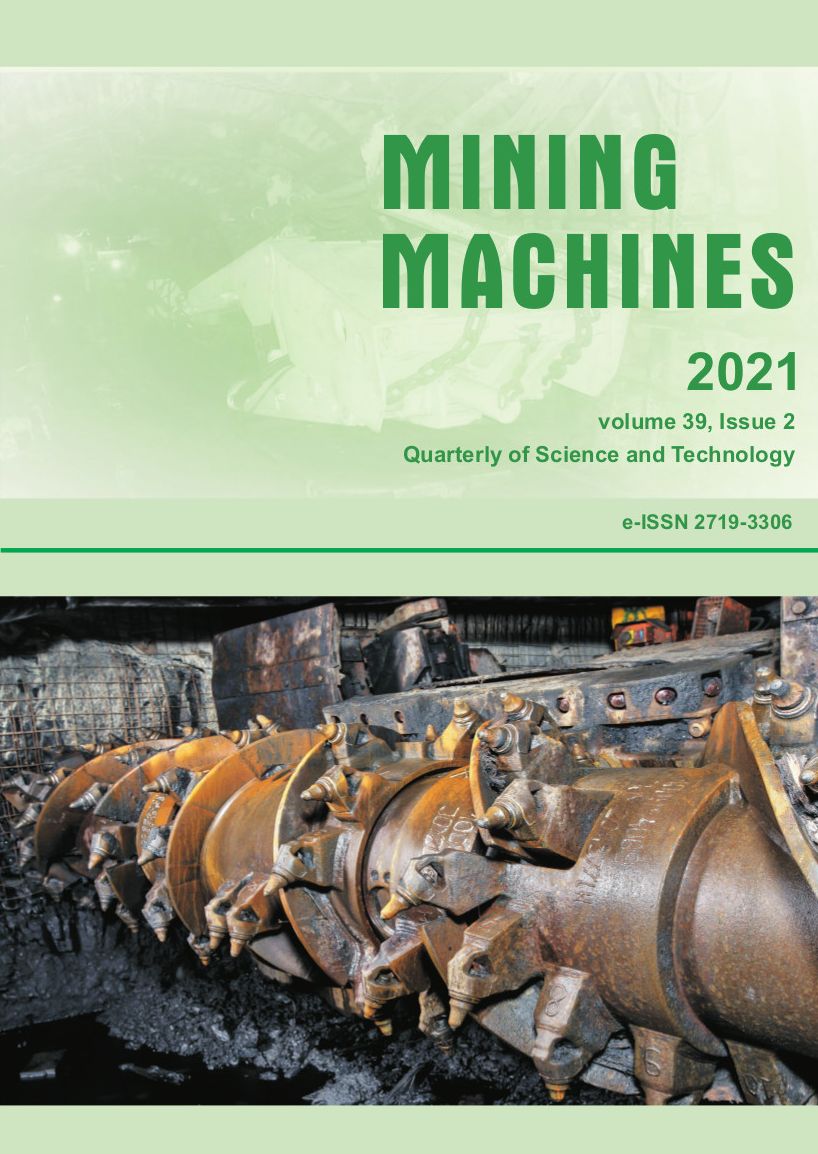
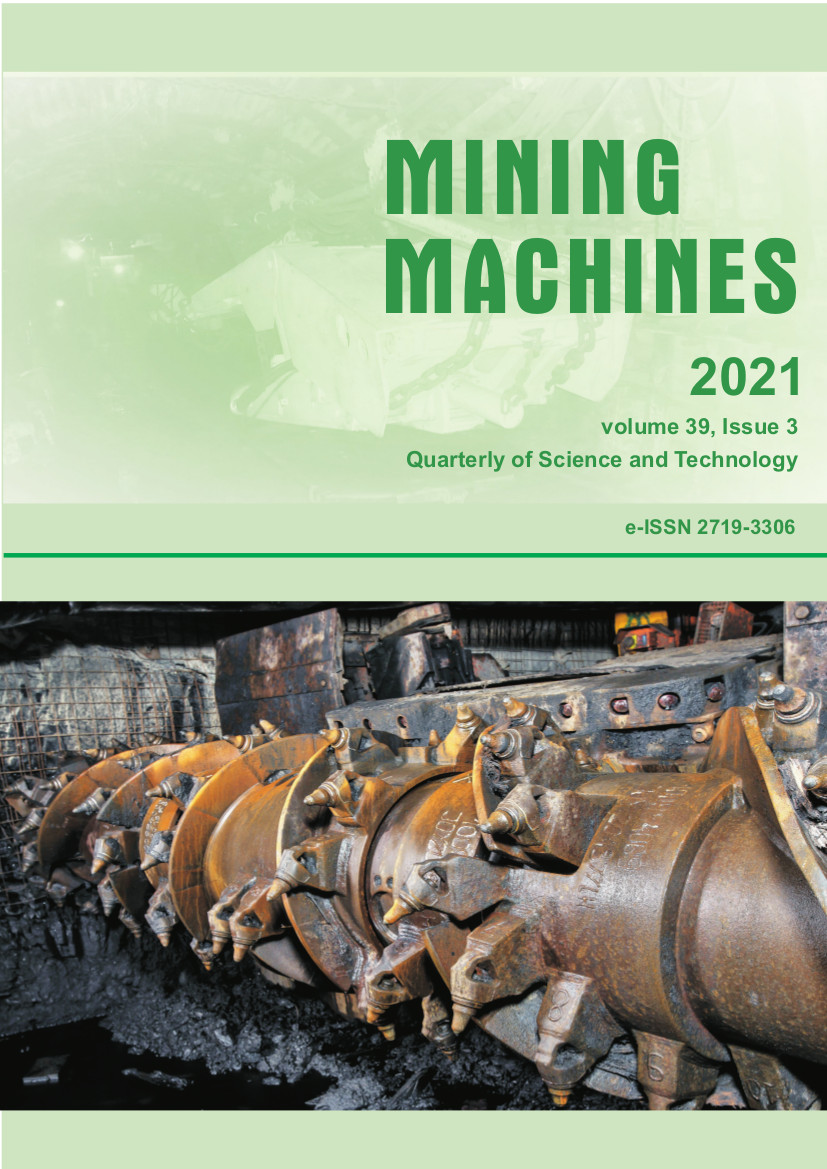
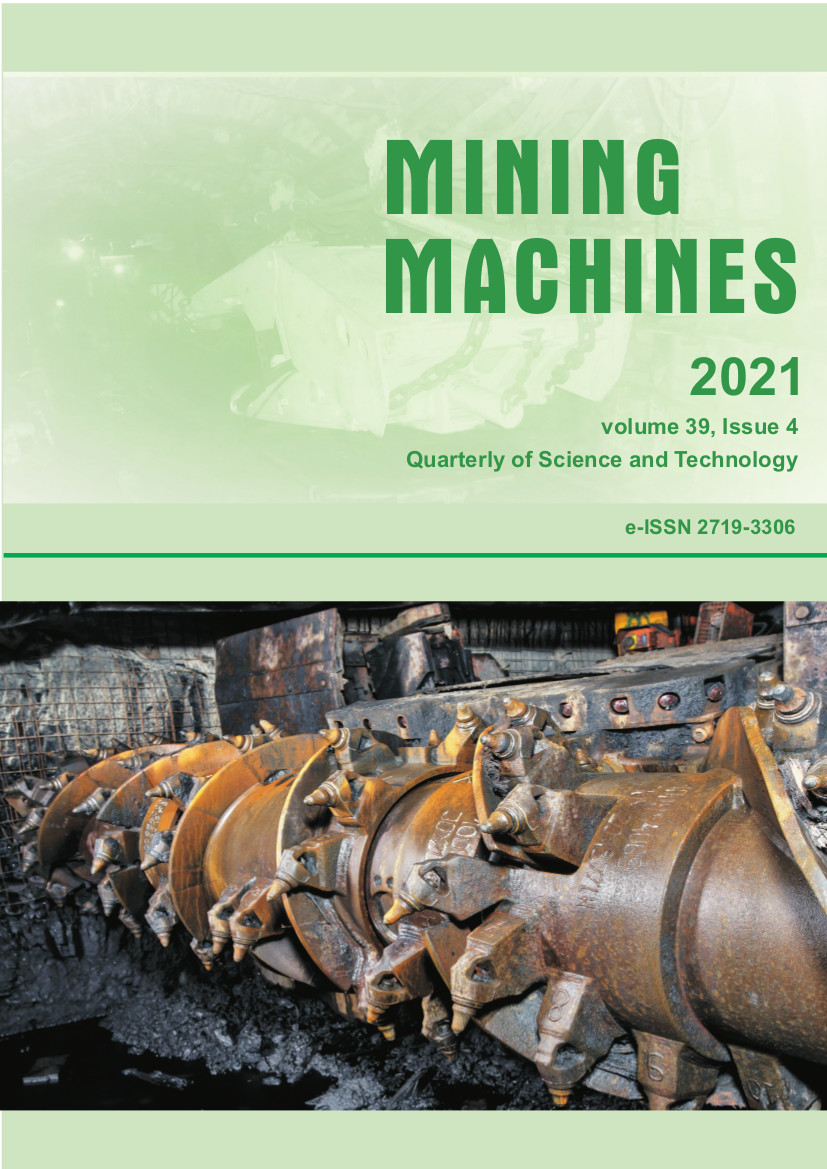
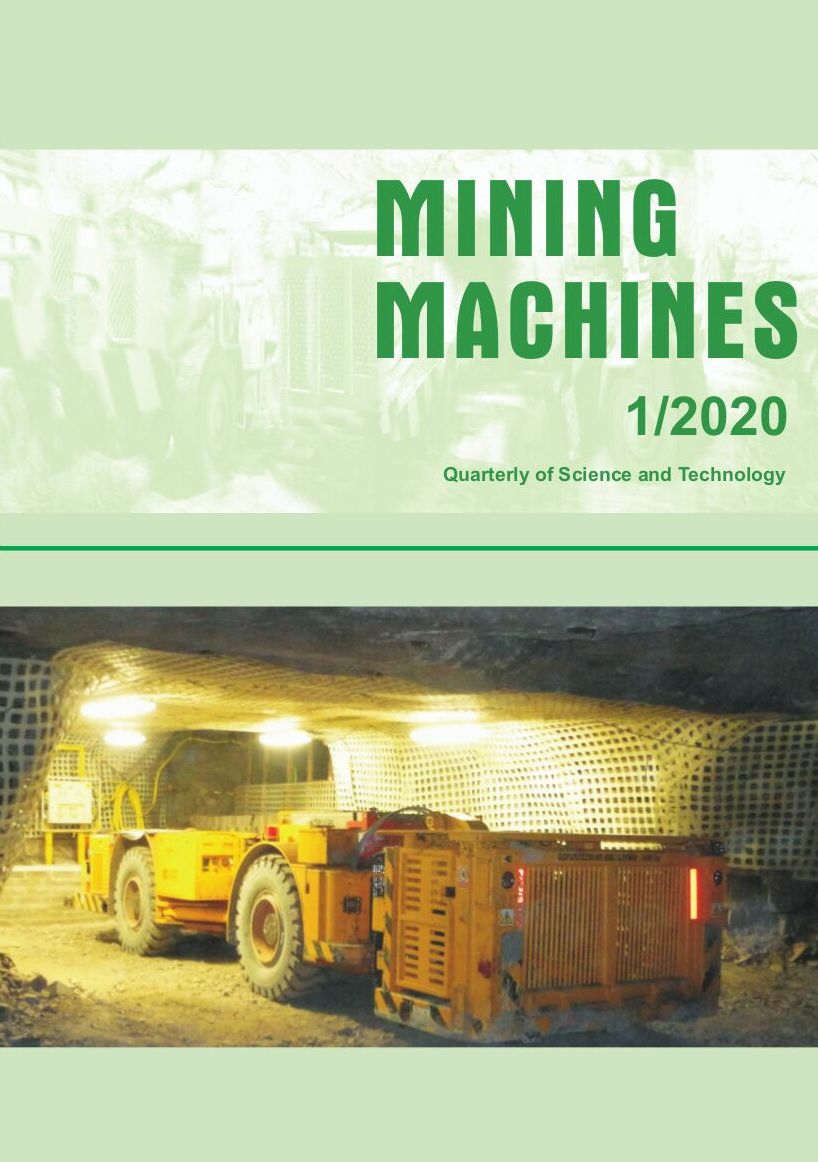

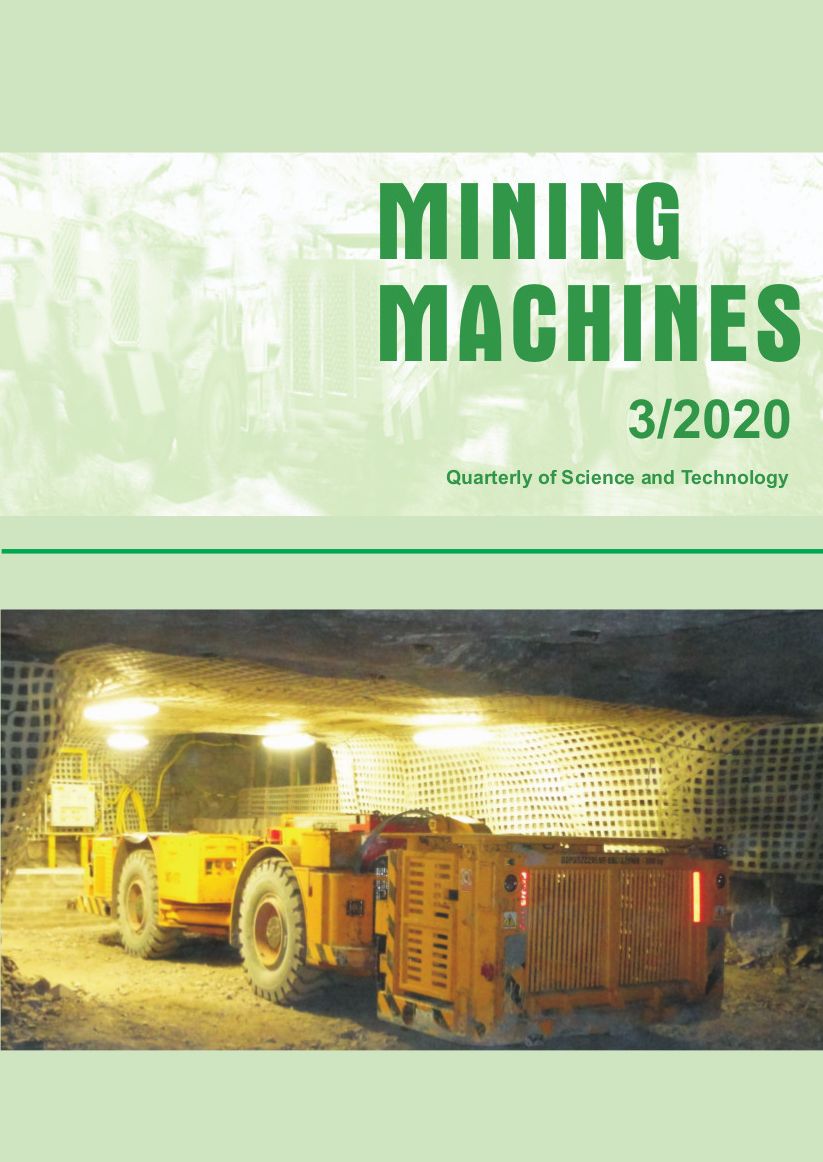
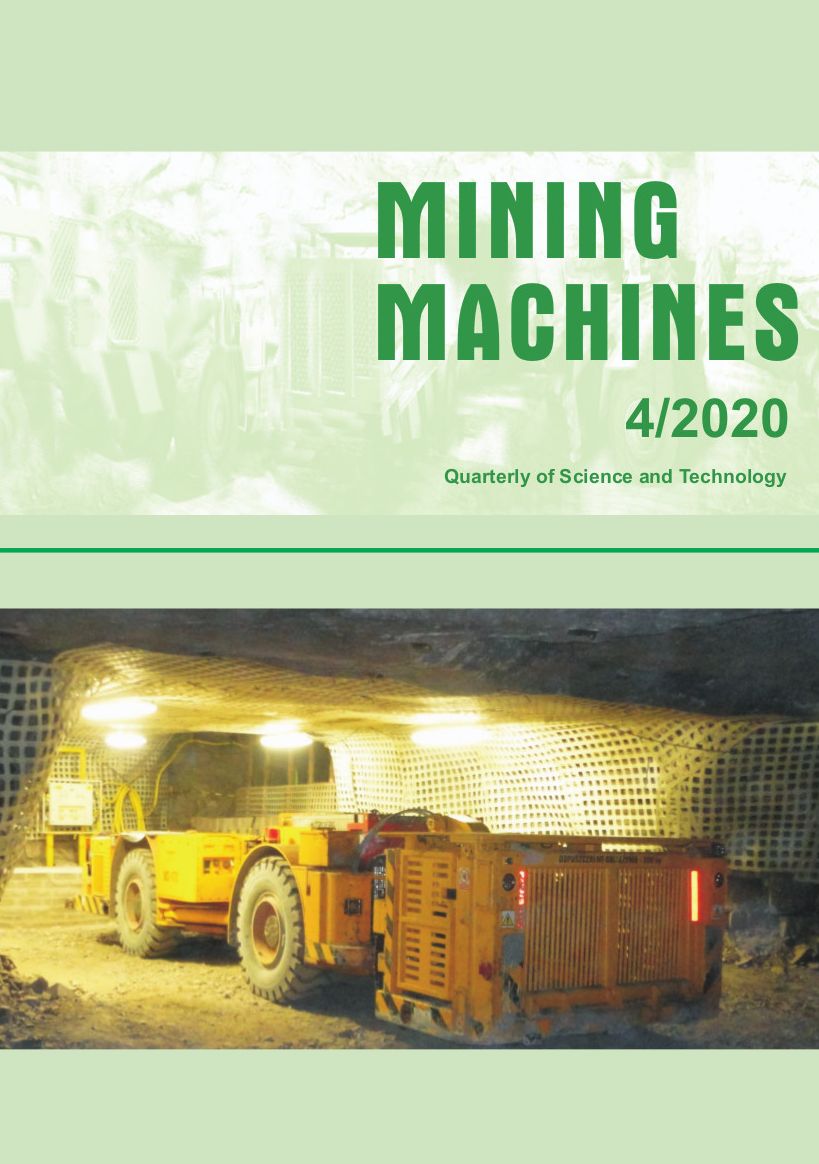


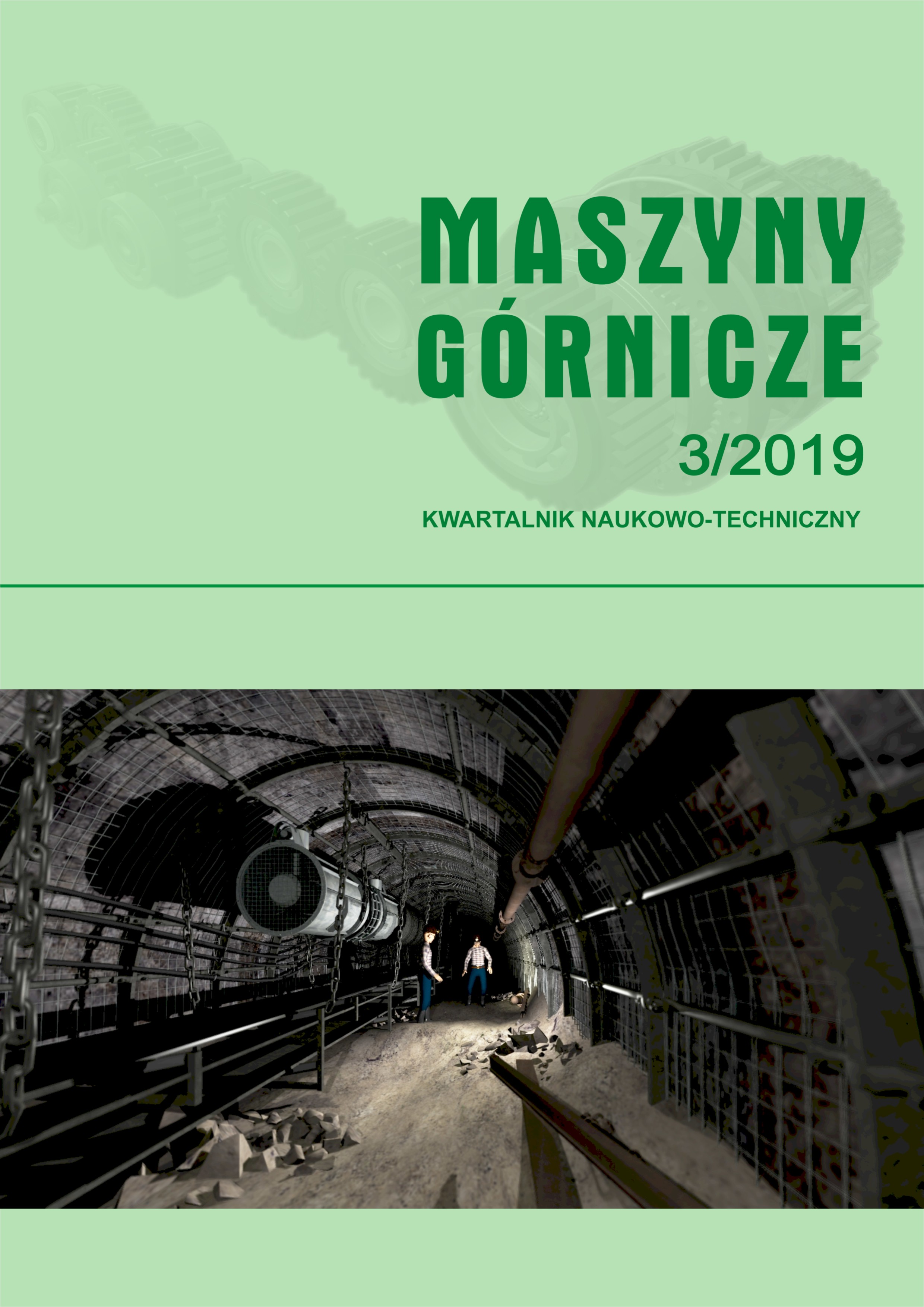
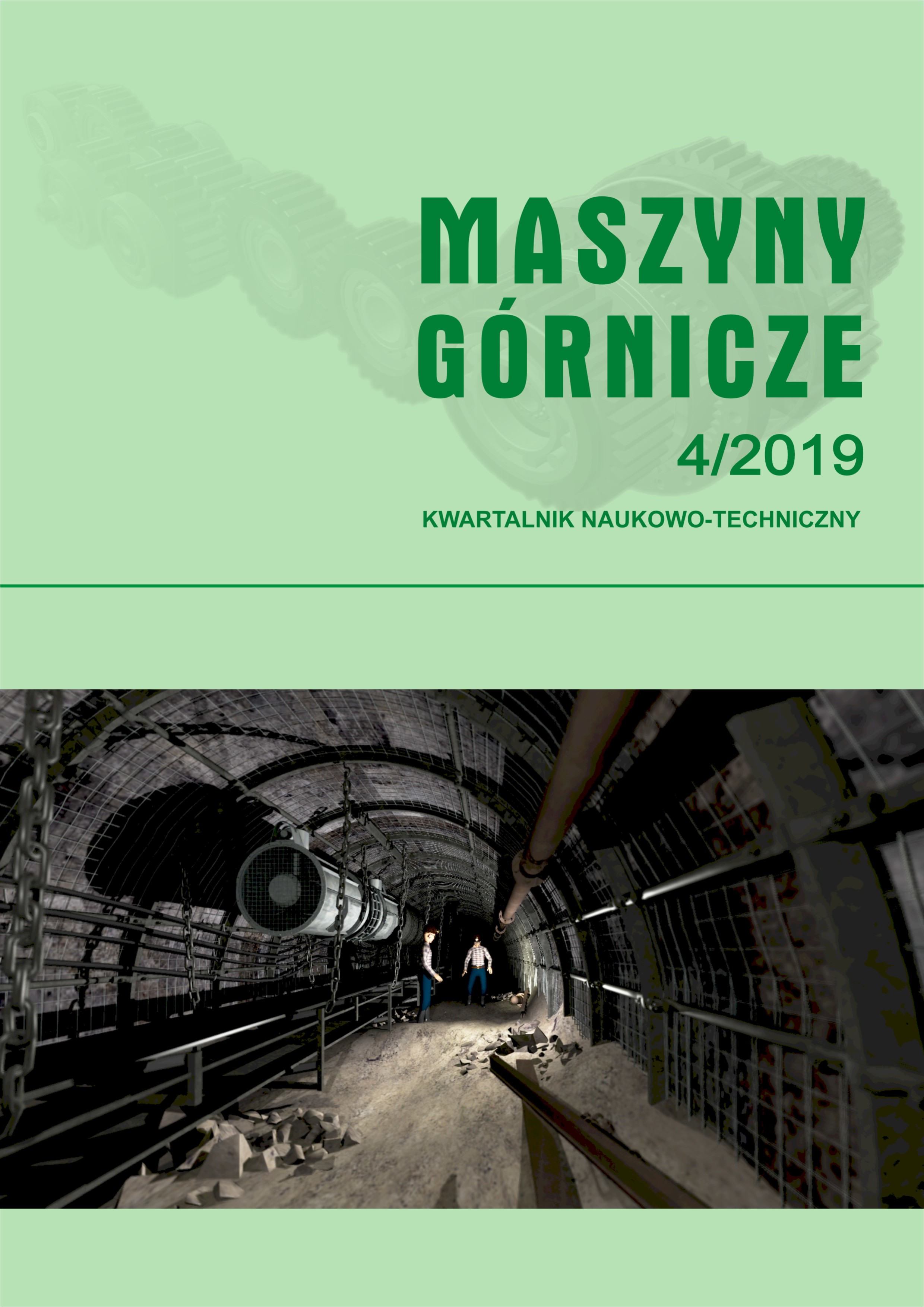
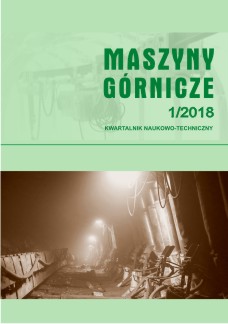
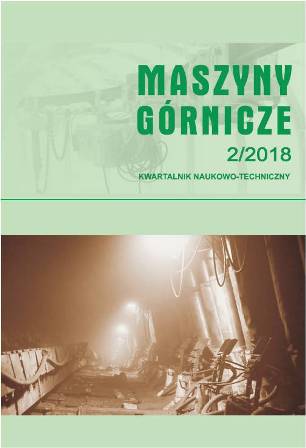
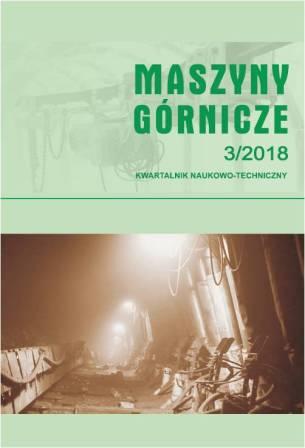
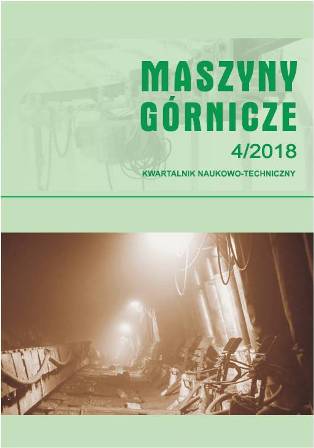
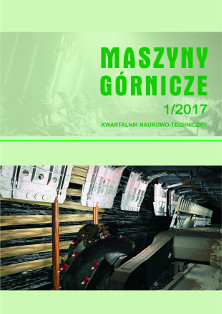



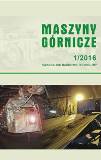
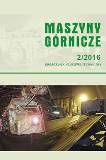
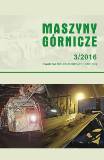
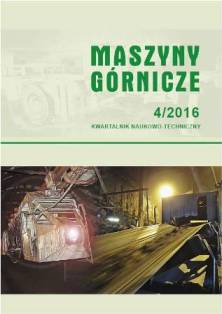
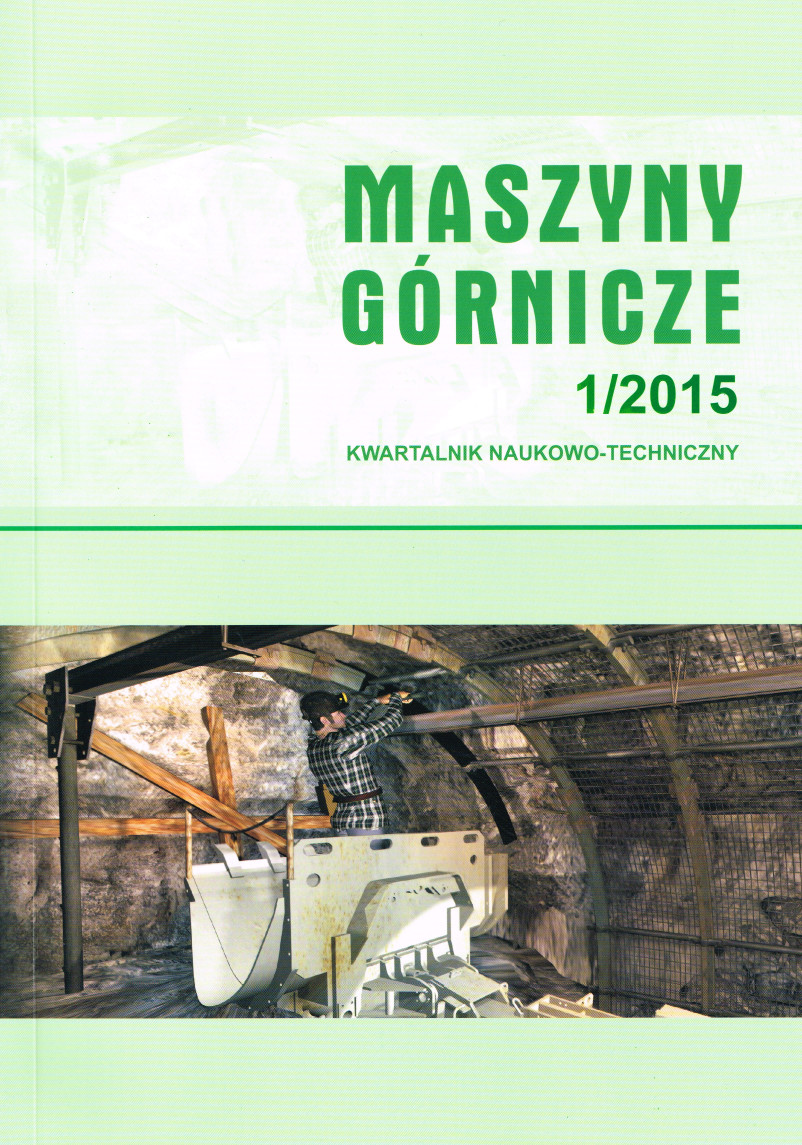
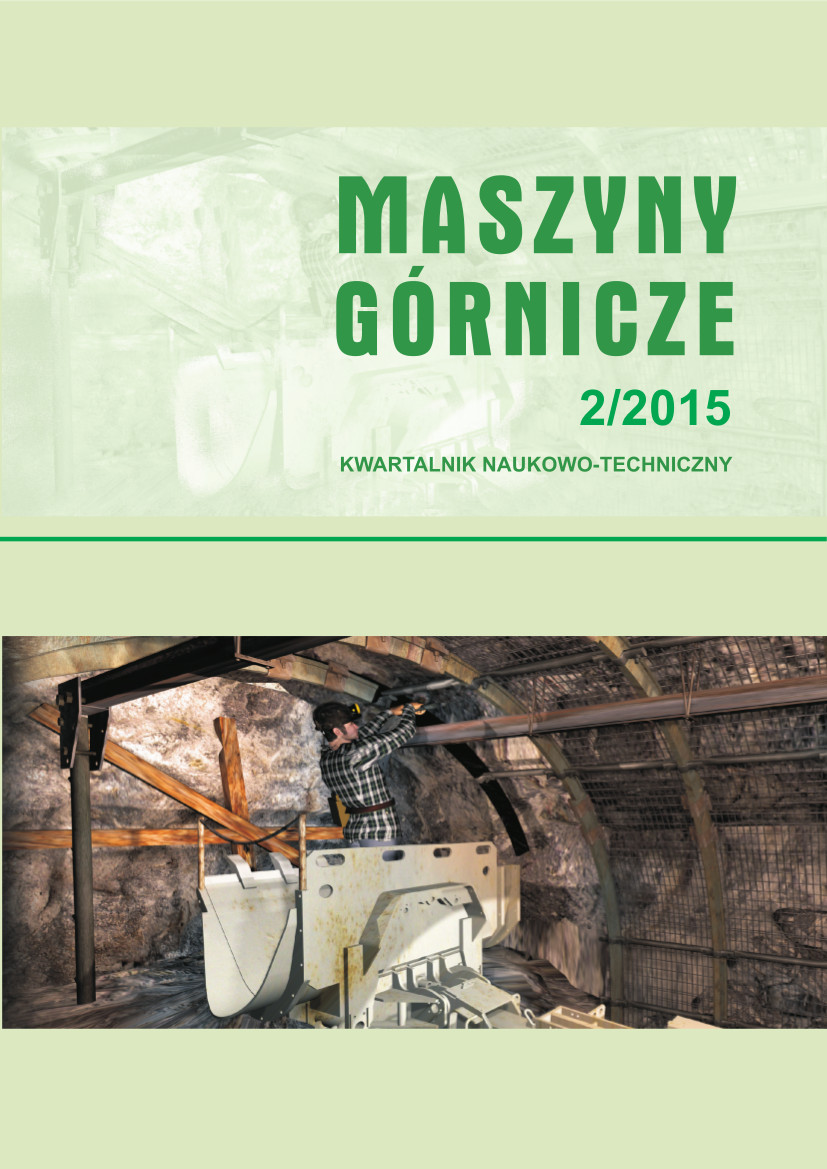
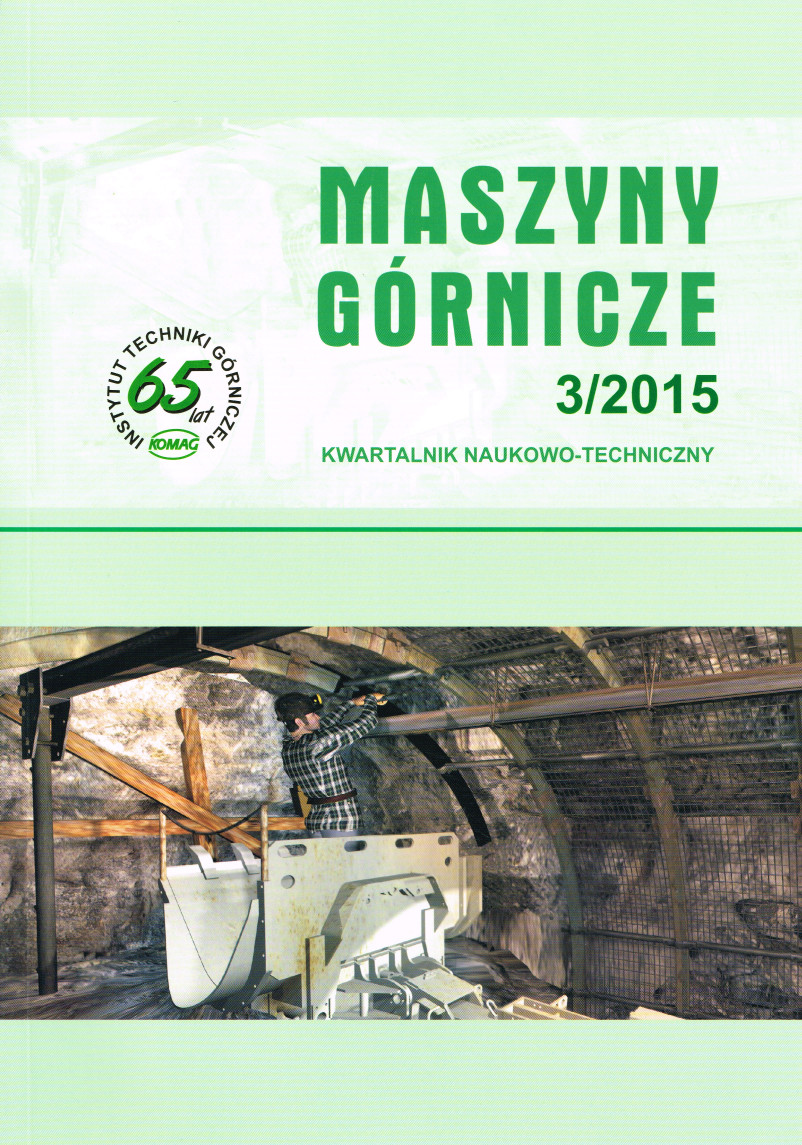
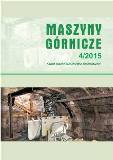
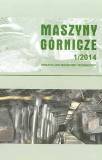
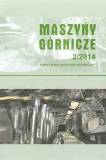

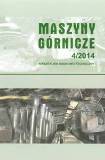
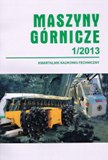
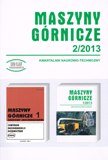
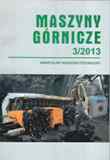

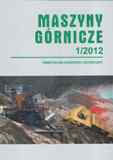
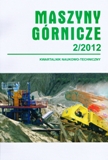
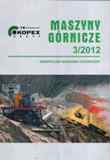
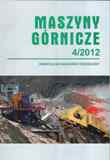
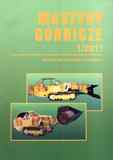
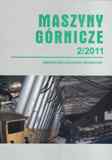

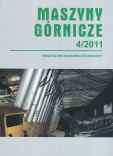

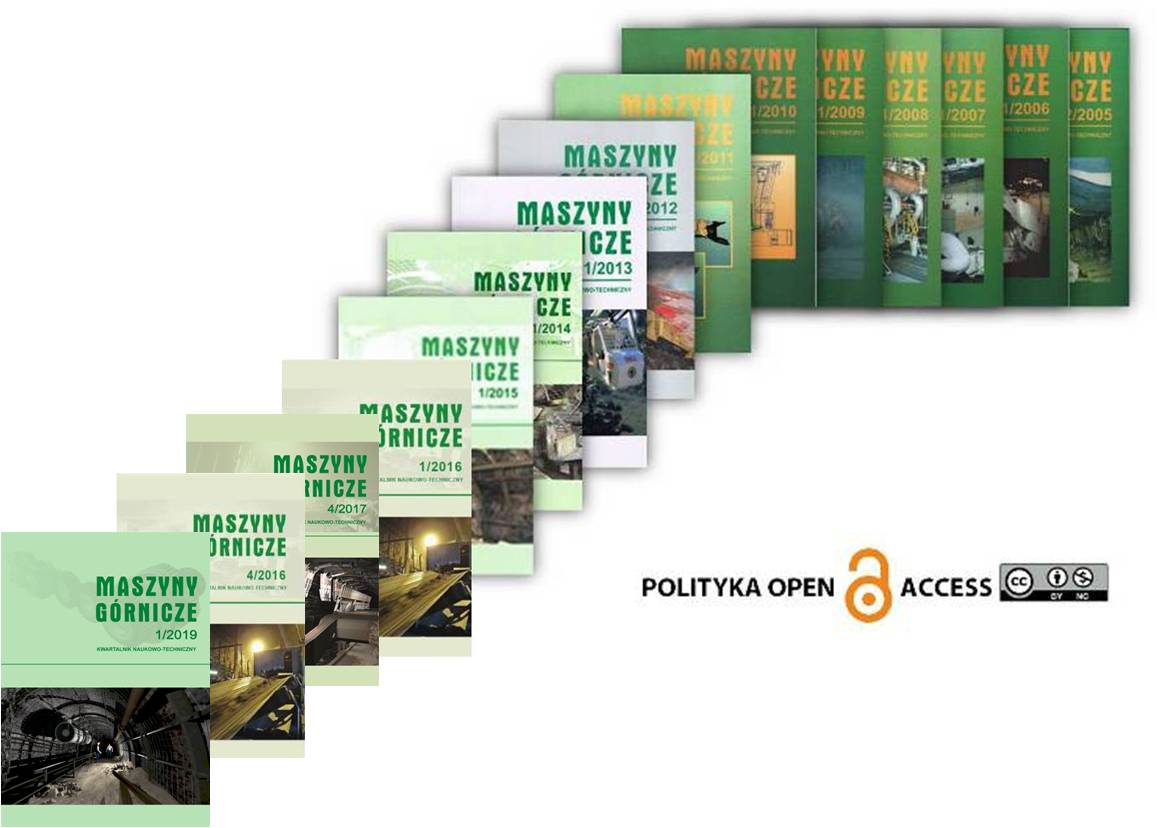
 Badanie bezpieczeństwa wyrobów
Badanie bezpieczeństwa wyrobów